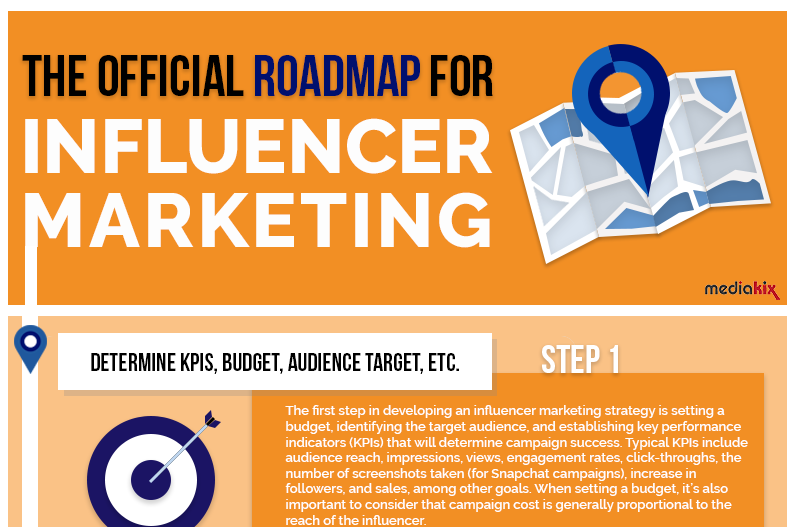Ethical issues have long plagued the financial services industry, from embezzlement and counterfeiting to criminal usury. However, it’s important to note that most financial companies and individual advisors aim to adhere to personal and professional excellence — that means conducting their work to the highest and most ethical standards.
In today’s volatile economic environment, generating consumer trust in financial services has never been more crucial for the client and the company’s bottom line. When it comes to marketing, adhering to those ethical standards is necessary.
The Importance of Ethics in Financial Services
Following several tumultuous years of economic upheaval during the COVID-19 pandemic, studies show that 55% of Americans have faced dire financial straits since 2022 — a 37% increase from the previous year.
Additionally, a CFA Institute survey found that 45% of its members believe financial hardships in the financial sector will result in unethical behavior. As such, it’s crucial to remain ethical in every facet of financial services to ensure public trust.
Ethical marketing of said services is particularly crucial. Companies must boost their reputations, understand their social responsibility and avoid financial and legal risks. Of course, that means not falling into the trap of the following four traditionally-unethical practices.
Self-Interests and Greed
Public perception of the financial services industry often leans toward greediness — in which advisors and their companies focus more on tricking clients to fulfill self-interests. This is sometimes true, as is often highlighted in the news.
For instance, a financial planner that commissions each transaction might feel tempted to take an unethical cut on the portfolio by excessively trading client assets, regardless of whether it helps them meet their investment goals.
Blurred Lines of Morality and Legality
Some bad apples disregard morality as long as the act isn’t illegal. However, the ideology that “obeying the law” begins and ends with the law — as in finding loopholes — is unethical.
For example, homeowners might take out a home equity line of credit (HELOC). Suppose someone qualifies for $10,000 and spends $7,000 — as long as they pay back what they spent within your timeframe, they can spend up to the limit again. Of course, homeowners might take out a traditional second mortgage to modify their monthly payments.
The CARES Act has prevented servicers from imposing fees when a borrower faces financial hardship — yet, their handling of partial payments is another story. When servicers receive partial payments, they should credit the payment, return it to the client or hold it in a separate account. However, many servicers put the amounts in escrow rather than sending the money back or applying it to the next monthly payment.
Client Demands
Kowtowing to unethical client behaviors is just as misguided as taking a self-serving course of action. Naturally, clients want to pad their pockets as much as possible, sometimes asking financial service providers to inaccurately fill out applications and claims.
The financial services industry is responsible for educating consumers on proper investments and maintaining financial security, such as saving three to six months of living costs in an emergency fund. Consumers should feel comfortable asking questions and trusting a highly ethical financial professional to steer them in the right direction.
Company Demands
Financial services providers must steer clear of corporate rewards for selling products. For instance, some financial professionals might get a commission or percentage of however many products they sell.
While leadership may urge employees to push products and programs on consumers, it’s unethical to do so unnecessarily. Instead, servicers must consider clients' financial management needs and offer the best products and services to help them achieve their goals.
6 Ways to Market Financial Services Ethically
Understanding that remaining ethical is essential to consumer trust in financial services, companies and individual agents must market themselves correctly. Here are six ways companies can ethically market financial services and acquire and retain clientele.
1. Deliver the Option for Self-Service Banking
Nowadays, customers — particularly younger generations — prefer taking personal accountability for their finances with self-service banking. About 26% of consumers minimize in-person contact with agents, while 9% can resolve their issues using technology faster than addressing them to an actual person.
While previous generations used to meet with an advisor to set up their accounts, millennials and Generation Z have taken matters into their own hands. Financial advisors should advertise digital portals that allow consumers to access their financial information from their devices.
Today’s most advanced self-service technologies allow customers to set up accounts virtually, transfer funds and make deposits. However, the channels must be easy to navigate, fast to load and highly secure to boost customer satisfaction and trust.
2. Create Unique Experiences With Big Data
Utilizing big data and automation in a marketing approach to financial servicing may also prove beneficial in today’s rapidly-changing digitalization. Big data analytics collects ample information on customer behavior, allowing them to create unique experiences and financial solutions to meet individual needs.
Financial advisors may use big data to determine who is saving money for a large purchase, such as a house or adoption. They can then market programs and services that would benefit that consumer.
Global banks have maximized big data and artificial intelligence (AI) opportunities in the financial sector. In addition to tailoring services to clientele, big data analytics and automation have streamlined processes, from risk analysis to analyzing payments to answering customer inquiries.
3. Build Customer Relationships Through Social Media
Using social media marketing for financial services may not seem like a first choice in a world of trendy fashions, influencer travel photos and TikTok dance videos. However, financial services companies can build consumer trust and broaden their outreach by connecting with consumers online.
According to Pew Research Center, nearly 70% of Americans use social media to garner information, share content and communicate with others. Among adults, Americans log onto Instagram and Twitter 20% and 27% daily, respectively.
When done right, financial advisors can reap the rewards of a strategic marketing campaign that enables easy consumer access. Companies may advertise their many services, programs and testimonials while providing educational content that teaches people how to make better financial decisions.
Recommended: The Best Marketing Strategies for Customer Retention (And Why it Matters)
4. Optimize Website SEO
Financial companies must aim for first-page ranking in Google results to reach customers regarding financial services. In fact, first-page results see 95% of all consumer traffic for a search query.
One of the best ways companies can rank in Google’s search results is by improving their website search engine optimization (SEO). A strong SEO strategy ensures using the proper keywords to boost site visibility. The more visible a website is, the more organic traffic, inquiries, conversions and revenue the company sees.
SEO optimization isn’t a one-time strategy, though. Companies should continuously monitor how effectively the website content draws clientele and promotes financial services.
Recommended: 5 Key SEO Tips to Set Up Your First Website
5. Take a Traditional Route to Consumer Outreach
Reaching out to consumers directly is a more traditional approach to marketing financial services but is also one of the most effective methods. Financial advisors can provide adequate financial information for sounder investments and assets management through customer outreach.
Smaller organizations might hold webinars and free consultations about various financial programs, including paying for school or investing in property. Consumers may not be aware of the multiple programs and opportunities that they’re eligible for. A more direct approach resolves this and aids customer trust and satisfaction.
6. Maximize Relatable Storytelling
Traditionally, storytelling increased relatability as an effective marketing tool. It remains one of the best strategies for reaching consumers about financial services. Today, financial companies can use storytelling through social media, video or other digital ads to entice customers and make them feel something. When deployed correctly, customers are apt to share your content with the masses, widening your outreach.
Humanizing financial service companies is critical. The question then becomes, “How do you get customers emotionally invested in the brand?” One way is to bring real people into the mix that can share their experiences — generating the right scenario is another.
For instance, JP Morgan Chase created an ad in 2019 aimed at younger generations. Their goal: Appeal to more millennials and Generation Z interested in investing using Chase’s financial services. The advertisement focused on what Chase could do for the customers, honing in on providing advice and experienced planning in investment banking.
Market Ethically to Win Over Clientele
The financial services industry must adhere to ethical marketing practices to encourage prospective clients to work with them. Putting people over profits may be challenging in an environment littered with temptations, but using one’s moral compass must be at the forefront of each business and financial decision.
Related Posts
Devin Partida writes about topics concerning tech and the internet. She is also the Editor-in-Chief of ReHack.com.







